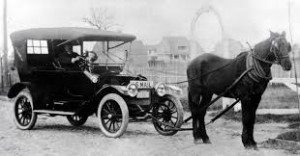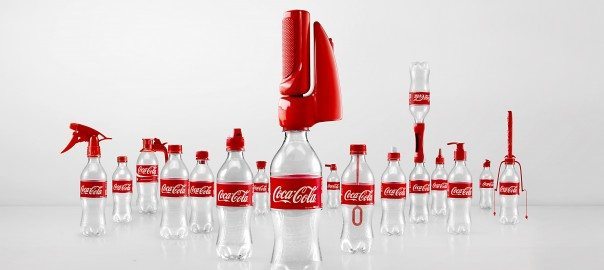
This blog post was written by Ethan Feldman, an Architecture major at University of Virginia with a passion for innovative design.
If you polled the average person on the street on what they thought Design Thinking meant, the overwhelming response would likely be: “is it just thinking about art and design?”
This response speaks to a broad misconception that overlooks the potentials of a Design Thinking approach to revolutionize conventional problem solving outside of the traditional design field, especially in addressing critical social issues. As Henry Ford once said, “If I’d asked my customers what they wanted, they’d have said ‘faster horses.’” Instead of discovering a challenge and trying to simply “fix” it, Design Thinkers re-frame an issue into something worth grappling with, and addresses it with an approach that encourages innovation and gives ideas meaning.
The concept of Design Thinking, or attacking the root cause of a challenge rather than alleviating the symptoms, can be a crucial game-changer when it comes to addressing social, environmental and humanitarian issues. One example of a company employing Design Thinking is Coca Cola, who recently implemented a program in Asia in conjunction with Ogilvy & Mather that has reinvented recycling through an entire line of supplementary bottle attachments. These attachments allow the soda containers to live second lives as spray bottles, dumbbells, squirt guns, soap dispensers and even instruments. Instead of tackling recycling as it has traditionally been approached (e.g. placing more recycling bins in more locations), Coke used a Design Thinking strategy to attack the issue at the source and ensure that a large number of plastic bottles never enter the waste stream at all. With an issue where everyone is seemingly trying to make the “horse” faster, Coke went ahead and invented the “car.”
A major element of the Design Thinking process is conducting extensive research and interviews that allow change agents to fully understand an issue, overcome any misconceptions and ultimately create something that has greater, more expansive impact. Project for Public Spaces (PPS), known for reinventing spaces such as Times Square and Bryant Park, uses a Design Thinking approach when revitalizing low-income and impoverished areas. A project recently completed in an economically disadvantaged community in Central Detroit represents the application of their extensive research towards implementing meaningful social change in this community.
As the PPS team researched this particular community’s challenges, they learned that the neighborhood is located in a food desert where necessities like fresh food and transportation are very inaccessible. In addition, many of the neighborhood residents are squatters and other individuals who can’t afford the gas or electricity necessary for working kitchens. By creating a produce store for the community that provided access to healthy local food options and other essential food products, PPS began the process of revitalizing this Central Detroit community. Through focus groups and workshops, they then determined a need for a food truck that delivers produce directly to community residents. The real difference maker, however, was the creation of a community kitchen and garden that allows people to be much more self-sufficient, even providing training and cottage industry jobs for residents. Suddenly, at a relatively low cost, this community has a new source of food, income and pride. This particular project emphasizes the importance of research to understand the true needs of a group of people and/or community. It speaks to the evolutionary nature of Design Thinking and the importance and power of a willingness to adapt ideas as they are being implemented to maximize impact on an ongoing basis.
In addition to deep research, Design Thinking also encourages creativity and an environment that fosters new, original ideas. One way this is achieved is through bringing together diverse and cross-sector groups for collective ideation and strategy sessions. The results of this process are evident in social issue advertisements such as Action by Christians Against Torture’s (ACAT) poster campaign. In partnership with Y&R, a global PR and advertising agency firm, ACAT developed a new and attention grabbing approach to promote their cause. Rather than everyday posters, ACAT designed an image of arms bound together as if behind someone’s back with the message: “Victims are people just like you and me.” Strategically placed on the backs of airplane, bus, and train seats, this imagery and messaging makes it appear as though the person in the seat in front of you is being forcibly restrained and, therefore, successfully humanizes torture through its graphics and copy. Thinking outside of the box allowed the campaign to reach a broad audience and communicate in a way that a traditional poster or billboard with the same image never could.
Ultimately the above examples demonstrate that design has plenty to offer other sectors of the business world and of society, and it’s time we embrace some of design’s ideas and practices. Design Thinking brings together the power of creativity, research, and brainstorming together in one innovative process. By accepting this field across all disciplines, we can, as a society, more readily create “cars” and stop trying to speed up our “horses.” From up-cycled bottles to rejuvenated, self-sufficient neighborhoods, these ideas should be the norm, not the exception, when it comes to addressing social issues.


